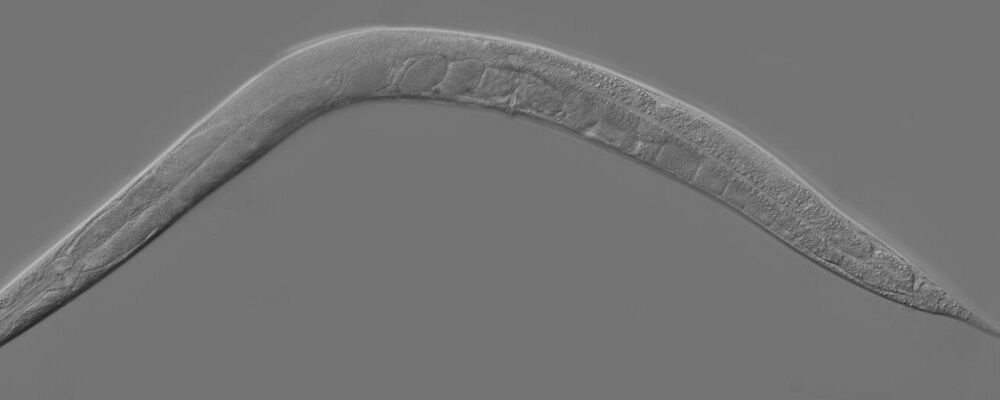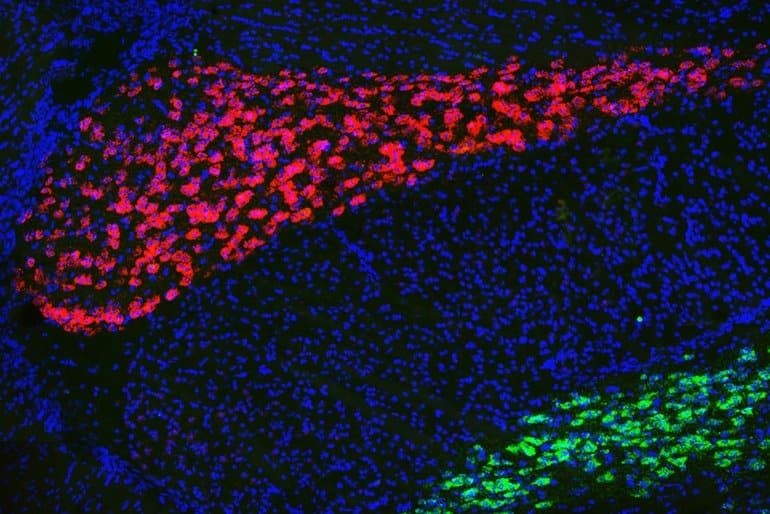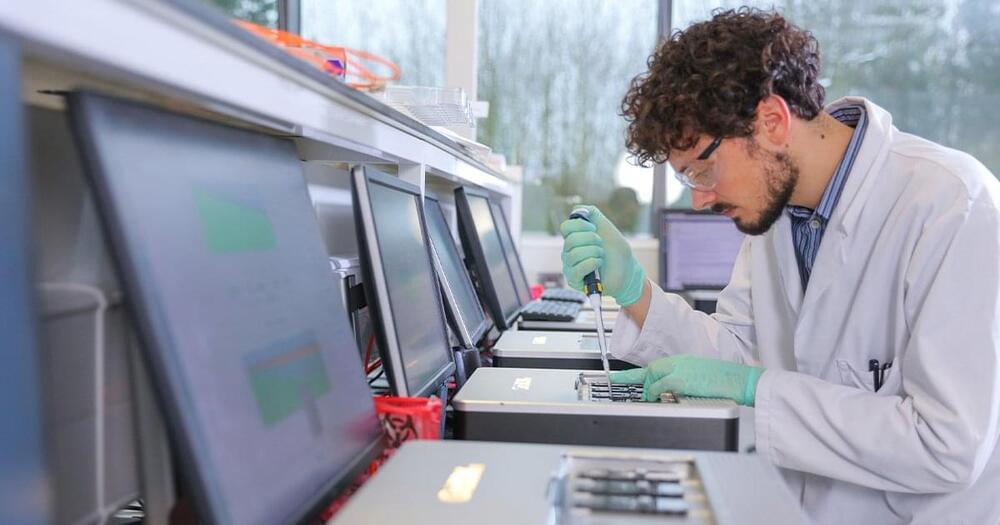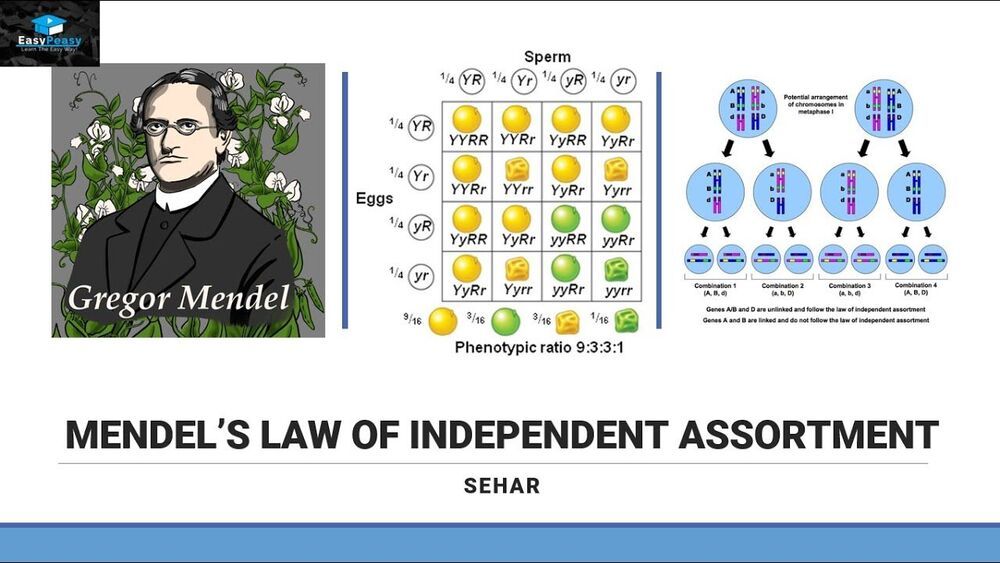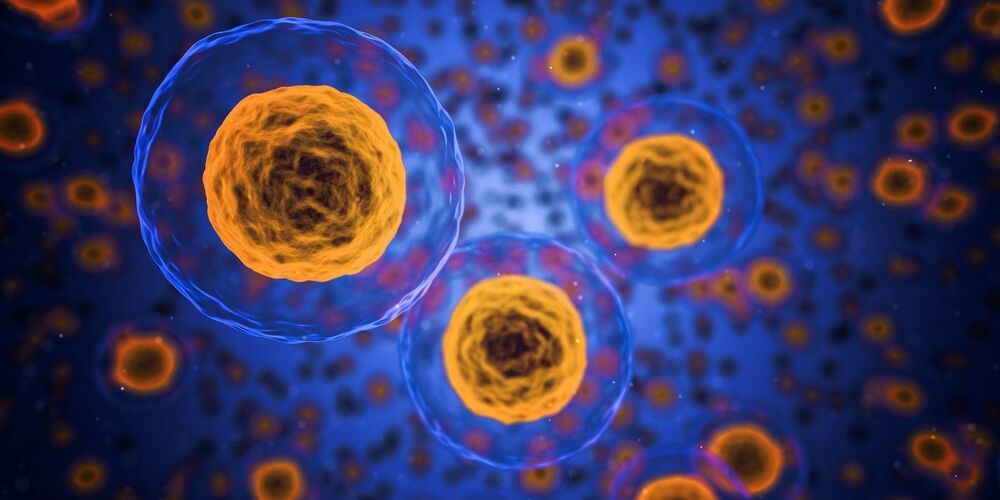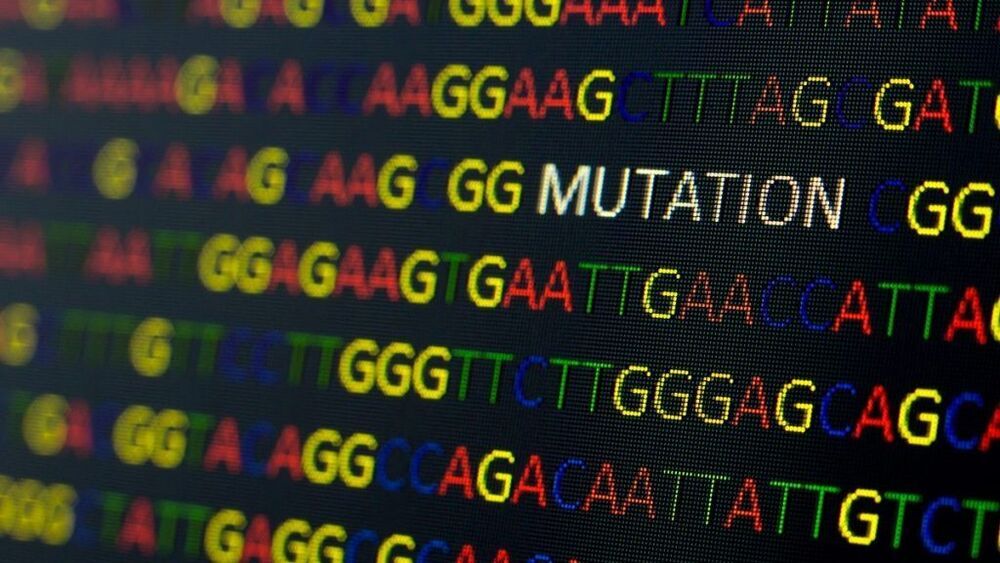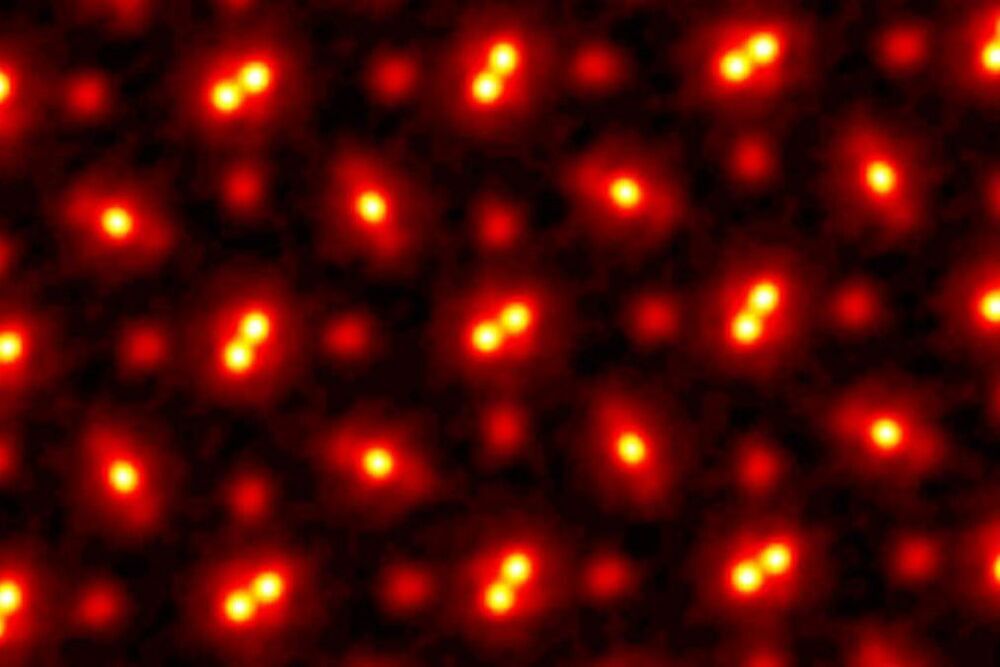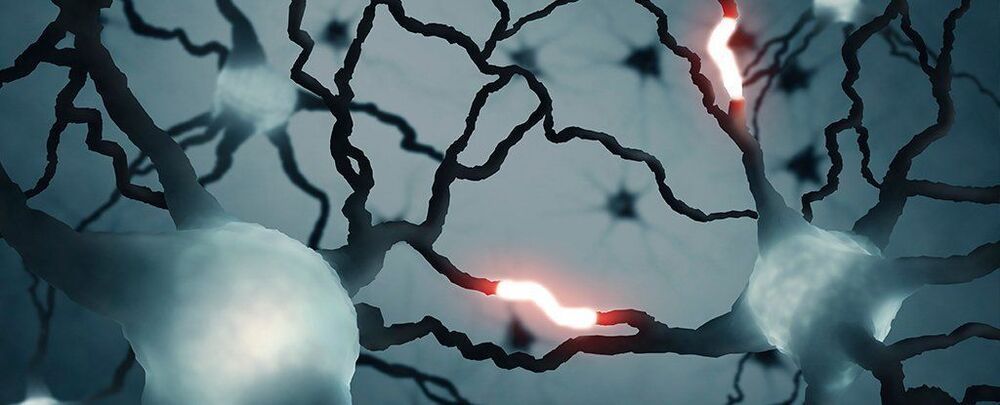Jul 6, 2021
Inherited memories of a chromosomal site
Posted by Saúl Morales Rodriguéz in categories: biotech/medical, genetics
Most biological traits are inherited via genes, but there are exceptions to this rule. Two teams from the University of Geneva (UNIGE) have been investigating the location of centromeres—specific sites on chromosomes that are essential for cell division. They found that in the small worm Caenorhabiditis elegans, the transmission of the correct location of these sites to the offspring is not mediated by genes, but by an epigenetic memory mechanism. These results have been published in the journal PLOS Biology.
Living organisms, from humans to microscopic worms, inherit physical and sometimes behavioral traits from their parents. The transmission of biological traits is usually mediated by DNA which is replicated at each cell division and contains the genes. However, some characteristics can be transmitted from one generation to the next independently of genes: these are epigenetic phenomena.
